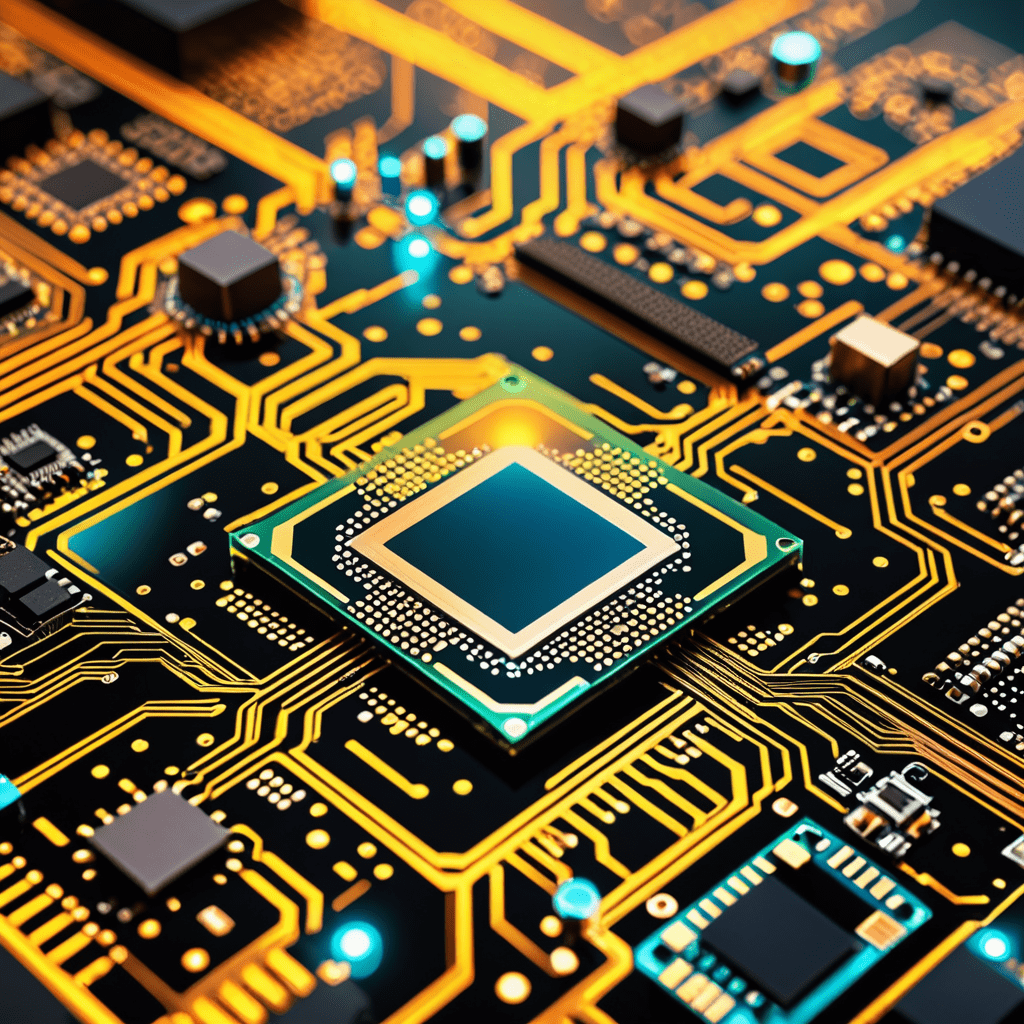
Nanotechnology in Nanosensors
Nanosensors, powered by the fascinating field of nanotechnology, represent a breakthrough in sensing technologies. These tiny sensors have the ability to detect and respond to minuscule changes in their environment with remarkable precision.
The Role of Nanotechnology
Nanotechnology enables the fabrication of nanosensors at the atomic and molecular scale. By manipulating materials at this level, nanosensors can exhibit unique properties such as enhanced sensitivity, faster response times, and the ability to detect trace amounts of substances.
Types of Nanosensors
There are various types of nanosensors designed for different applications, including biomedical, environmental monitoring, and industrial processes. Examples include nanoparticle-based sensors, nanowire sensors, and carbon nanotube sensors.
Applications of Nanosensors
Nanosensors have a wide range of applications, from detecting pollutants in water and air to monitoring glucose levels in diabetic patients. They are also used in aerospace, defense, and food safety industries for their high sensitivity and specificity.
Benefits of Nanosensors
The integration of nanotechnology into sensors offers numerous benefits, such as improved accuracy, reduced size and weight, lower power consumption, and the potential for real-time monitoring. These advantages make nanosensors invaluable in various fields.
Challenges and Future Directions
Despite their potential, nanosensors face challenges related to scalability, cost-effectiveness, and mass production. Researchers are continuously exploring ways to overcome these hurdles and enhance the performance of nanosensors for broader adoption in industries and everyday life.
Conclusion
In conclusion, nanotechnology plays a pivotal role in advancing nanosensors, paving the way for more efficient and sensitive sensing technologies. With ongoing research and innovation, nanosensors are set to revolutionize how we monitor and interact with the world around us.


